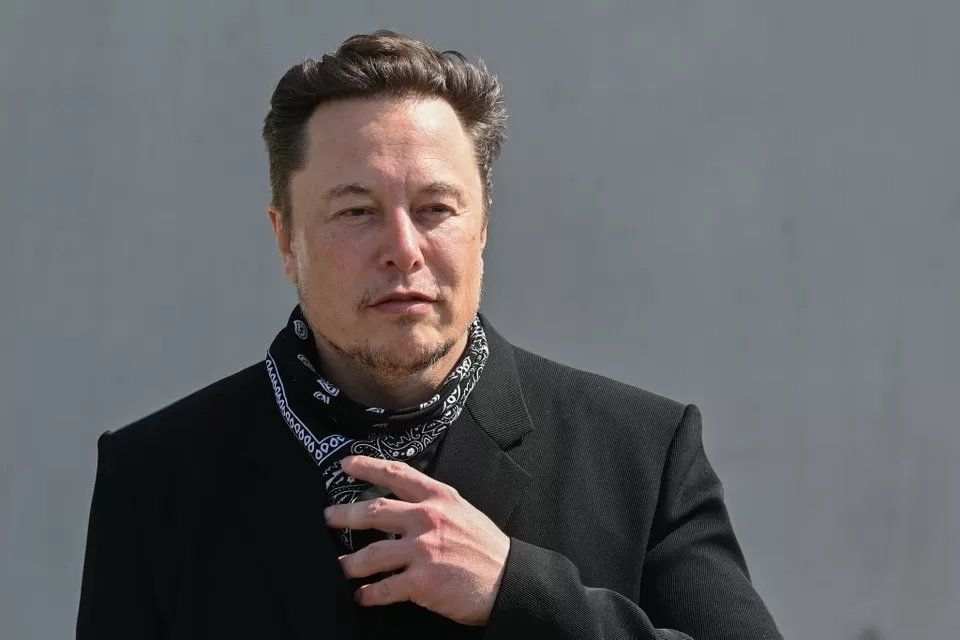In a world where the housing crisis has reached critical levels, Elon Musk’s $10,000 Tesla tiny house could offer a revolutionary solution.
At a time when housing costs are skyrocketing, especially in large urban centers, and environmental sustainability is becoming an ever-growing concern, Musk’s vision of affordable, eco-friendly housing has the potential to change the way we think about living spaces.
This tiny house could be the beginning of a new era in affordable, scalable and sustainable housing.

Around the world, millions of people struggle to find affordable housing.
In cities like San Francisco, London, New York and Tokyo, housing prices have reached astronomical levels, far above what the average person can afford.
The World Bank reports that more than 1.6 billion people worldwide live in inadequate housing conditions and this number is expected to rise as the population increases.

At the same time, traditional methods of building homes are becoming increasingly resource-intensive.
The building materials used, such as steel, concrete and wood, are not only expensive, but also have a significant environmental impact.
The construction industry is one of the largest contributors to global carbon emissions – the United Nations estimates that it accounts for almost 40% of global energy-related CO2 emissions. This underlines the need for a solution that addresses both affordability and environmental sustainability.
Tesla’s tiny house: the vision
Elon Musk unveils his $10,000 Tesla Tiny House. Musk, known for his innovations in electric vehicles, solar energy and space exploration, has applied his visionary thinking to the housing sector.
The Tesla Tiny House is designed to be affordable and eco-friendly, offering a sustainable solution for individuals and families in need of affordable housing.
The $10,000 price tag is the most striking aspect of Tesla’s tiny house.
For many, owning a home is a distant dream, but Musk’s tiny house could make homeownership a reality for a broader demographic.
By keeping costs low, this tiny house presents an affordable alternative to traditional housing, which often has exorbitant costs to buy or rent.
Additionally, Musk’s expertise in clean energy is evident in the tiny house’s design.
The Tesla Tiny House is powered by solar panels and comes with an integrated battery storage system, allowing it to be self-sufficient in terms of energy.
Using solar energy reduces dependence on the power grid, which not only reduces energy costs but also makes the home more environmentally friendly.
This aspect aligns perfectly with Musk’s long-standing commitment to sustainability, which has been a hallmark of Tesla’s mission.
Spatial efficiency and design
One of the most innovative features of the Tesla tiny house is its highly efficient use of space.
While tiny homes are not a new concept, Tesla’s take on the idea brings a level of sophistication and functionality that sets it apart from other models.
The house features modern and minimalist design elements that maximize the available space while ensuring comfort and ease of use.

The interior of the Tesla Tiny House is equipped with multifunctional furniture that can be reconfigured to serve different purposes.
The compact kitchen is designed with space-saving appliances, while the bathroom is efficiently laid out to maximize convenience without wasting space.
Every inch of the home is designed to be both practical and aesthetically pleasing, creating a sense of spaciousness despite the limited square footage.
Sustainability: a key focus
Sustainability is a core principle of the Tesla tiny house. The use of solar power is just one of many eco-friendly features. The house is built with sustainable materials that have minimal environmental impact.
The walls, floor and insulation are made from recycled and eco-friendly materials, further reducing the carbon footprint of the construction.
In addition to its energy-efficient design, the Tesla tiny house promotes a sustainable lifestyle.
With a reduced living space, residents are encouraged to reduce their consumption of resources such as water and electricity, in line with the growing trend of minimalism and conscious living.
This could inspire a new wave of environmentally conscious homeowners who prioritize sustainability in every aspect of their lives.
The potential impact: a scalable solution
The most interesting aspect of Tesla’s tiny home is its scalability. While the $10,000 model is a starting point, Musk’s team will likely continue to refine and develop more models to meet different needs and preferences.
The tiny house could be adapted for use in a variety of settings, from urban backyards to remote rural areas, offering a solution for both those living in cities and those needing affordable housing in more isolated regions.
Additionally, the scalability of Tesla’s tiny home could help alleviate pressure on the real estate market. In densely populated areas where land is scarce and expensive, tiny homes could be used as a viable solution to maximize available space.
Musk’s vision of small-scale, sustainable housing could also encourage other innovators and construction companies to explore similar solutions, spurring the development of an entire industry focused on affordable, environmentally friendly housing.
A way forward: overcoming challenges
Despite its potential, the Tesla tiny house is not without its challenges. One of the biggest barriers to widespread adoption is the lack of land on which to place the homes.
While the homes themselves are affordable, acquiring land to place them on can be prohibitively expensive. Additionally, local zoning laws and building codes may need to be reviewed to legally allow tiny houses to be located in certain areas.
Another challenge is ensuring that Tesla’s tiny home meets the diverse needs of homeowners. While the design is innovative, it may not be suitable for large families or people with specific accessibility requirements.
However, as Tesla continues to innovate and improve the concept, these concerns are likely to be resolved in future models.
Elon Musk’s $10,000 Tesla tiny house has the potential to revolutionize the housing industry by offering an affordable, sustainable and scalable solution to the global housing crisis.
With its eco-friendly design, energy-efficient features, and compact, functional layout, the Tesla Tiny Home could pave the way to a future where home ownership is more accessible and sustainable for people around the world.
While there are challenges to overcome, the vision behind the Tesla tiny house is clear: to create a better, more sustainable future where people can live in homes that are both affordable and environmentally friendly.
If successful, this tiny house could be the catalyst for a new movement in the housing industry, one that prioritizes sustainability, affordability and innovation.


